How Spam Dishes Sneaked onto America's Restaurant Menus
Sep 19, 2023 By Triston Martin
In the ever-evolving world of American cuisine, where trends come and go faster than you can say "avocado toast," one unlikely ingredient has managed to stand the test of time: Spam. Yes, that much-maligned canned meat product that once graced the shelves of every wartime ration kit has survived and thrived, becoming a surprising favorite in America’s restaurants.
In this article, we'll delve into the fascinating journey of how Spam and Spam dishes won over the hearts and palates of chefs and diners across the nation.
A Brief Introduction to Spam
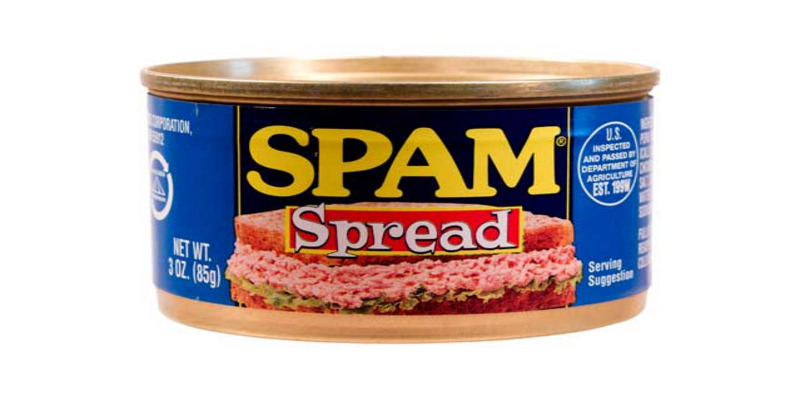
Before we dive into the culinary conquest of Spam, let's take a moment to understand what this enigmatic foodstuff really is. Spam is a canned meat product composed primarily of pork shoulder and ham, seasoned with a blend of spices and salt. It was introduced by Hormel Foods Corporation in 1937 and quickly gained popularity for its affordability and long shelf life.
Now, let's explore how Spam transitioned from wartime necessity to a beloved culinary staple.
From War Rations to Restaurant Menus
During World War II, Spam dishes were crucial in feeding American troops overseas. Its durability and portability made it an ideal choice for military rations. Soldiers developed a taste for this canned meat during the war, and many returned home with a newfound appreciation for its unique flavor.
After the war, Spam continued to be a household staple due to its affordability. It was often used as a quick and convenient protein source in family meals. However, its reputation was far from gourmet and often associated with budget-conscious households.
The Unexpected Rise in Popularity
Spam's resurgence didn't occur overnight. It took some creative chefs and a shifting culinary landscape to transform this humble canned meat into a restaurant sensation.
Hawaiian Influence
One of the first places where Spam found an unexpected foothold was in Hawaii. With its large military presence and diverse population, Spam became a fixture in Hawaiian cuisine. The famous "Spam Musubi," a sushi-like dish featuring Spam, rice, and seaweed, became an island favorite. This fusion of cultures elevated Spam from its humble beginnings.
Food Trucks and Fusion Cuisine

In the early 2000s, food trucks and fusion cuisine started gaining popularity across the United States. Chefs looking to create unique and affordable Spam dishes turned to Spam as a versatile ingredient. Spam tacos, sliders, and even sushi burritos began appearing on food truck menus. These quirky creations appealed to adventurous eaters and ignited a trend.
The Comfort Food Comeback
As the food scene evolved, so did diners' tastes. The desire for nostalgic and comforting flavors led to a resurgence of interest in classic American dishes. Spam, with its unmistakable flavor and sense of familiarity, found its way into reimagined comfort food classics like mac 'n' cheese, grilled cheese sandwiches, and breakfast hash.
Spam's Newfound Respect
Today, Spam is no longer relegated to the discount shelf. It has earned a place of honor in many restaurant kitchens, and chefs are finding innovative ways to incorporate it into their menus.
Gourmet Spam Dishes: Some restaurants have taken Spam to new heights with gourmet preparations. Picture a seared Spam steak served with a delicate truffle reduction or Spam croquettes drizzled with a zesty aioli. These upscale renditions showcase Spam's versatility and potential for refinement.
Creative Twists on Classics: While Spam's presence in traditional comfort foods remains prevalent, chefs are putting their spin on these dishes. Spam-stuffed jalapeño poppers and Spam-studded mac 'n' cheese have become trendy items on many menus. These inventive creations blend nostalgia with innovation.
The Cult-Following
Spam has also cultivated a dedicated fan base that extends beyond restaurant dining. Spam festivals and cook-offs are held in various parts of the country, celebrating this canned delight.
Spam Fanatics
Spam lovers, affectionately known as "Spamatics," gather at these events to showcase their culinary creativity. From Spam-themed art to Spam sculptures, these festivals are a testament to the enduring charm of this quirky food.
Social Media Sensation
The rise of social media has propelled Spam to new heights. Instagram-worthy Spam dishes, hashtag challenges, and viral videos of unconventional Spam recipes have made it a pop culture phenomenon. Food enthusiasts proudly share their Spam creations, contributing to its continued popularity.
Spam: The Sustainable Choice
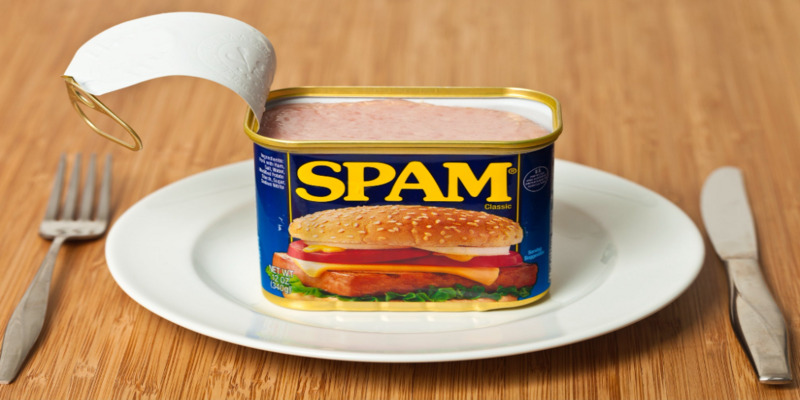
In this sustainability-conscious era, Spam surprisingly holds its own. Here is why:
Minimal Food Waste: Spam's long shelf life and resistance to spoilage mean that it generates less food waste than other perishable meats. This characteristic has endeared it to environmentally conscious consumers.
Resource-Efficient Production: The production of Spam is also resource-efficient, utilizing parts of the pig that might otherwise go unused. By maximizing these cuts, Spam helps reduce food waste at the source.
Conclusion: Spam's Unexpected Triumph
In a culinary landscape characterized by constant change and innovation, Spam's journey from wartime rations to a cherished ingredient in America’s restaurants is a testament to its enduring appeal. Its versatility, affordability, and surprisingly sustainable nature have allowed it to break free from its budget-conscious past and find a permanent place in the hearts and menus of chefs and diners alike.
So, the next time you encounter a Spam dish on a restaurant menu or see a mouthwatering dish on social media, remember that behind this unlikely star is a history rich in tradition, adaptation, and a touch of nostalgia.
-
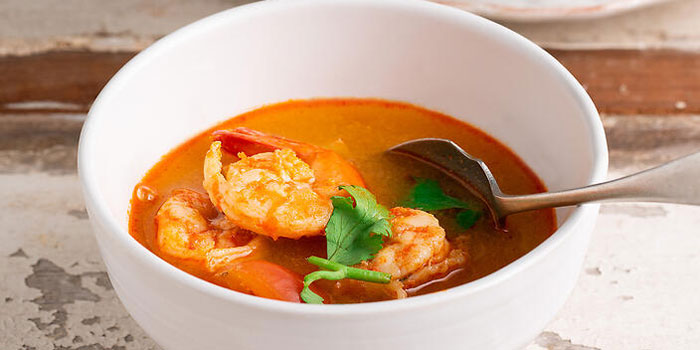 Feb 14, 2023
Feb 14, 2023Ways To Make Tom Yum Soup
Tom Yum Soup is a flavorful and warming Thai classic that is perfect for cold winter nights. With its fragrant lemongrass, kaffir lime leaves, and chilli peppers, this soup is sure to satisfy your cravings and leave you feeling satisfied. So why not give this delicious soup a try and enjoy a taste of Thailand in your own home
-
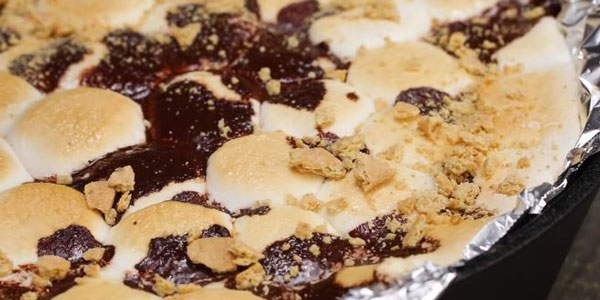 Feb 13, 2023
Feb 13, 2023Ways to Make This Cozy Mexican Hot Chocolate Souffle
Mexican hot chocolate is a beloved treat that has been enjoyed for centuries, and this soufflé recipe takes it to the next level. Adding spices like cinnamon and chili powder, combined with the rich, dark chocolate and light, fluffy texture, creates a unique and satisfying dessert that will impress your guests. And the use of a cast iron skillet adds a touch of rustic charm to this elegant dessert
-
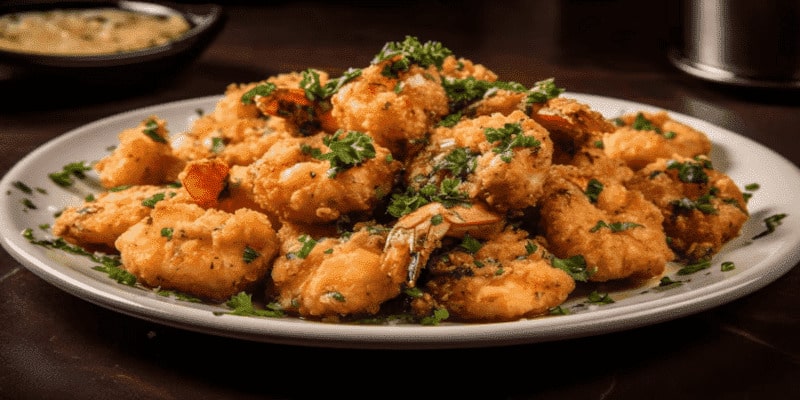 Sep 08, 2023
Sep 08, 2023Crunchy Delights: Exploring the World of Taiwanese Popcorn Chicken
Read this article to learn all about the mouthwatering Taiwanese Popcorn Chicken – from its origins to a delectable homemade recipe.
-
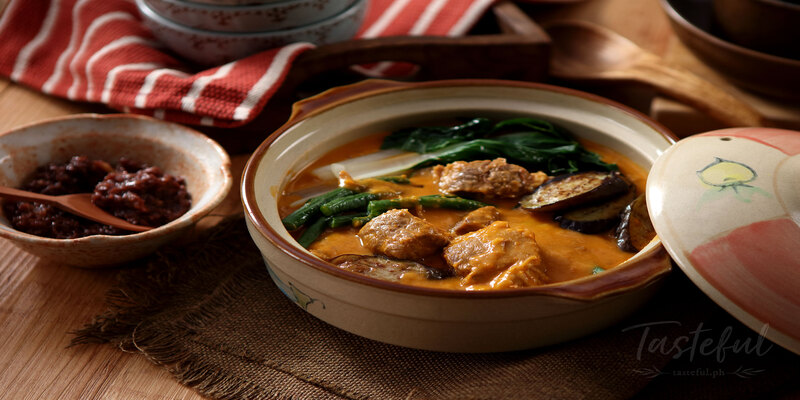 Feb 14, 2023
Feb 14, 2023What You Need To Know About The Fascinating History Of Kare-Kare
Kare-kare is a classic Filipino stew made with meats like oxtail, tripe, and beef in a rich peanut sauce. Its origins are believed to blend indigenous Filipino and Spanish influences. The dish is commonly served with steamed rice and accompanied by dipping sauces like bagoong. Over time, Kare-Kare has become a staple in Filipino cuisine, loved by all ages and backgrounds. Modern interpretations continue to evolve, incorporating new ingredients and cooking techniques.
